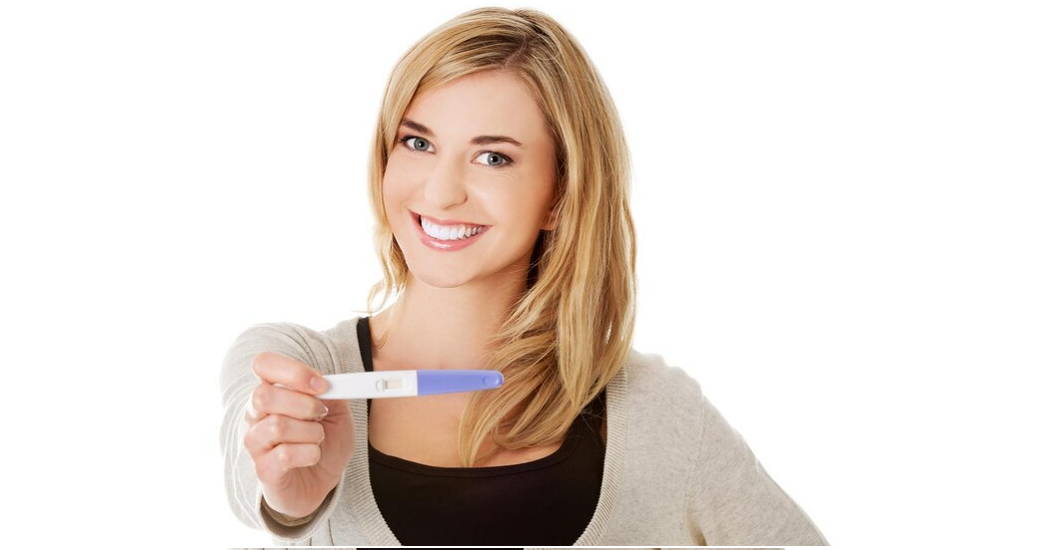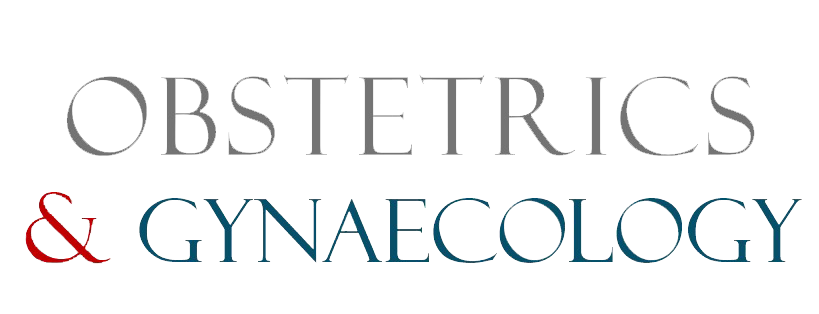
Stress vs Urge Incontinence: What is the Difference?
Urinary incontinence is a common yet under-discussed condition that affects millions of women worldwide, especially with advancing age. Two of the most frequent types encountered in urogynaecology are stress incontinence and urge incontinence. While both involve involuntary urine leakage, they have distinct causes, mechanisms, and treatments. Understanding the difference is key to effective management and improving quality of life.
Overview
- Stress Incontinence involves urine leakage due to physical pressure (or "stress") on the bladder, such as coughing, sneezing, laughing, or exercising.
- Urge Incontinence, also known as overactive bladder (OAB), is characterised by a sudden, intense urge to urinate followed by involuntary leakage before reaching the toilet.
These two conditions can occur separately or together, known as mixed incontinence.
Age Groups Affected
- Stress Incontinenceis more common in:
- Women aged 30–60, especially those who have had vaginal deliveries
- Postmenopausal women due to declining oestrogen levels
- Urge Incontinenceis more frequent in:
- Older adults (65+), both women and men
- Individuals with neurological conditions or bladder disorders
Causes
Stress Incontinence
- Weakening of pelvic floor muscles or urethral sphincter
- Childbirth (particularly vaginal deliveries)
- Menopause (hormonal changes)
- Obesity
- Pelvic surgery (e.g. hysterectomy)
Urge Incontinence
- Overactivity of the detrusor muscle in the bladder wall
- Neurological conditions (e.g. Parkinson's, stroke, multiple sclerosis)
- Urinary tract infections (UTIs)
- Bladder irritation from diet (e.g. caffeine, alcohol, spicy foods)
Signs and Symptoms
Symptom: Stress Incontinence, Urge Incontinence
Timing of leakage: During exertion or pressure, Sudden need to urinate, then leakage
The leakage volume can typically be small amounts, but also moderate to large quantities.
Associated sensations: No urge or warning, Strong, sudden urge to urinate
Night-time symptoms: Rare, Common – may wake to urinate (nocturia)
Diagnosis
- Clinical History and Voiding Diary – Assess symptom patterns
- Physical Examination – Especially pelvic floor assessment
- Urine Tests – Rule out infection or haematuria
- Bladder Scan or Ultrasound – Check for residual urine
- Urodynamic Studies – For complex or unclear cases
- Cystoscopy – If structural issues or lesions are suspected
Management
Conservative Measures (First-line)
- Pelvic Floor Muscle Training (PFMT)
- Regular Kegel exercises supervised by a physiotherapist strengthen muscles that support the bladder and urethra.
- Bladder Training (for Urge Incontinence)
- It aims to increase the time between voids and retrain bladder control.
- Lifestyle Modifications
- Weight loss
- Limiting caffeine/alcohol
- Avoiding bladder irritants
- Fluid management (not over-restricting)
- Continence Aids
- Absorbent pads
- Urethral inserts or pessaries (for stress incontinence)
Medical Management
- Stress Incontinence:
- Topical oestrogen (for postmenopausal women)
- Off-label use of duloxetine (a serotonin-norepinephrine reuptake inhibitor)
- Urge Incontinence:
- Anticholinergic medications (e.g. oxybutynin, tolterodine)
- Beta-3 agonists (e.g. mirabegron)
- Botox injections into the bladder muscle (in refractory cases)
Surgical Management
- For Stress Incontinence:
- Mid-urethral sling procedures (TVT or TOT)
- Colposuspension (Burch procedure)
- Urethral bulking agents
- For Urge Incontinence(rarely needed):
- Sacral nerve stimulation
- Augmentation cystoplasty (in severe, refractory cases)
Physiotherapy and Exercise
- Pelvic Floor Physiotherapy – Tailored regimens to build endurance and coordination of pelvic floor muscles
- Biofeedback and Electrical Stimulation – Used by specialised therapists to enhance training outcomes
- Core Strengthening and yoga – May complement therapy by improving overall muscle tone and posture
Lifestyle and Prevention
- Maintain Healthy Weight
- Avoid Heavy Lifting and Chronic Straining (e.g. from constipation)
- Stay Active, but avoid high-impact exercises that worsen leakage
- Control Blood Sugar – Diabetes can contribute to bladder dysfunction
- Limit Bladder Irritants – Reduce intake of coffee, citrus, and spicy foods
- Do Pelvic Floor Exercises During and After Pregnancy
When to Seek Help?
Many women suffer in silence due to embarrassment or the belief that incontinence is a regular part of ageing. However, effective treatments are available. Consulting a urogynaecologist, GP, or continence nurse can lead to a personalised plan that dramatically improves quality of life.
Conclusion
Stress and urge incontinence are distinct yet often overlapping conditions. While both can be distressing, they are highly treatable through a combination of lifestyle changes, physiotherapy, medication, and, in some cases, surgery. Early intervention is key—the sooner these conditions are addressed, the better the outcomes for physical health, confidence, and daily well-being.
Disclaimer
This article is intended for informational purposes only and should not be used as a substitute for professional medical advice, diagnosis, or treatment. Always consult your healthcare provider before starting or changing any treatment plan.
Powered by Froala Editor
